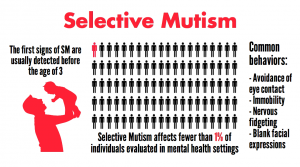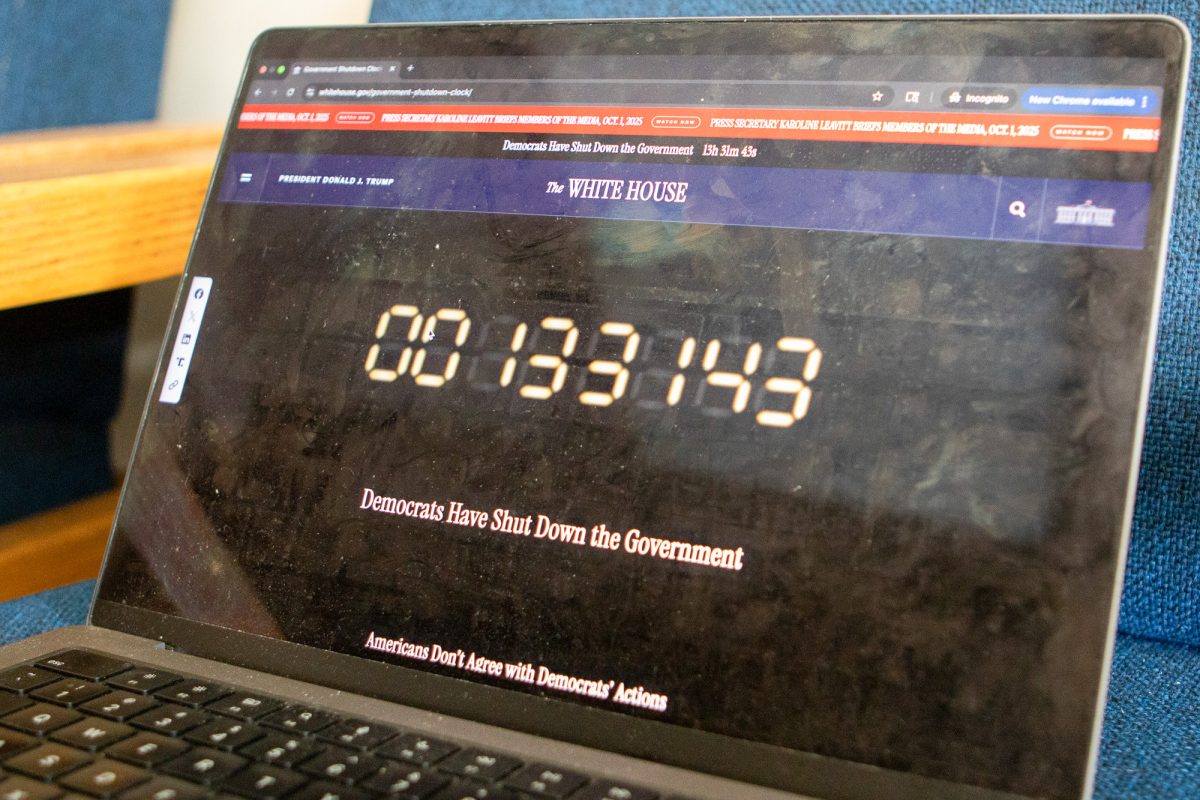As Robin Williams said in the 1989 film “Dead Poets Society,” “You must strive to find your own voice. Because the longer you wait to begin, the less likely you are to find it at all.”
Recently, 11 children between the ages of 4 and 9 showed up to the Center for Anxiety and Related Disorders at Boston University in the pursuit of following this sage advice in regard to selective mutism.

Selective mutism is an anxiety disorder that causes people of all ages to fall mute in specific settings. It currently affects less than 1 percent of persons seen in the mental health setting.
From August 18 to 22, BU CARD offered an annual intensive treatment camp for children in this small sector. The camp is called Brave Bunch, and it combines clinical strategies with fun experiences to assist selectively mute children in their battle with their silent disorder.
“We start by having them come in and do a pretty comprehensive intake assessment, which involves several components,” said Dr. Rachel Merson, an associate clinical director for the Child and Adolescent Fear and Anxiety Treatment Program at BU CARD.
In fact, referred children and their parents were given a diagnostic interview, self-reporting surveys, an observational assessment and a series of appointments with clinicians all before they arrived at camp.
“We really want to be comprehensive in understanding each child’s unique presentation because one of the things about selective mutism is that, for some kids, it’s very easy to speak to adults but not to other children,” Merson said. “For other kids, it’s the exact opposite. For many, it’s both. One disorder can manifest in a number of ways.”
But once the first day of camp arrived, the game completely changed into a team effort.
Despite the discomfort that selective mutism creates within group settings, Dr. David Langer, a research assistant professor in the department of psychological and brain sciences at BU and a clinical director at BU CARD, said that it is more than just a beneficial aspect of the program – it’s necessary.
“For children, one of the main goals is having them not just speaking to strange adults, but speaking to peers,” Langer said.
As a group, the children followed a schedule each day of treatment. Every morning started with “centers time,” which looked like free play, but functioned as a time when clinicians engaged with the children using child-directive interaction, Merson said.
The thematically appropriate acronym “PRIDE” served as a guideline for this method: Praise, Reflect, Imitate and Do so with Enthusiasm. By following these steps, the clinicians built a foundation of trust upon which the children could make progress. In this way, the treatment area mimicked a classroom.
“The most important thing for children in schools is establishing trust and having a positive emotional relationship between a child and a teacher,” said Dr. Kathleen Corriveau, an assistant professor of human development at the School of Education.
After 30 minutes of progress, the group would transition into a morning meeting, where group interaction was introduced.
“Morning meeting is designed to sort of emulate the type of ‘circle time’ that a child might experience in a preschool or elementary school classroom,” Merson said.
At these meetings, the Brave Bunch was led in conversations on everything from weather to food. In return for their responses, positive reinforcement was paid in the form of praise and, occasionally, prizes. Appropriately, this positive reinforcement contrasts itself with the negative reinforcement that allows selective mutism to persist.
“Taking away something unpleasant also keeps the behavior going. So by taking away the pressure of giving a response, selective mutism is kind of reinforced,” Langer said.
This commonly occurs when a teacher moves on to another child who will answer more promptly. In order to avoid a scenario such as this, Merson and her team vowed to remain persistent in these “circle time” meetings.
However, unlike an actual school, the Brave Bunch was fortunate enough to attend field trips every afternoon. Each outing brought fun experiences for the kids along with structured tests of their progress.
From Barnes & Noble to Bertucci’s to the Boston Common, the group was kicked out of its comfort zone in a number of challenging ways. But every trip seemed simple in comparison to the Kenmore Square scavenger hunt. Getting straws from Dunkin’ Donuts, pens from Barnes & Noble and napkins from Qdoba were all tasks that led up to an anticipated finish line: McDonald’s.
The abundance of constant activity provided by the camp led to some avail, Langer said.
“Their parents kept telling us how much they were looking forward to coming back the next day, how they were talking with the parents about all the stuff they were doing,” he said. “And we see that alone as a really good indication of keeping the kids motivated and keeping them talking.”
And this year’s success only further supported CARD’s reputation.
“There are many people who come from around the country and even around the world who take part in these intensive programs for whatever problem they may have,” said Dr. David H. Barlow, a professor of psychology at BU and the founder of CARD.
This year’s Brave Bunch represented several regions of the United States, just like BU’s student population. And although the two groups may differ in shyness, the BU community provides similar tools for helping students find their voices.
With over 450 student organizations catering to a variety of interests, students can take part in what matters to them. And if that’s not enough to get individuals talking, the Howard Thurman Center for Common Ground surely is. The center, located on the bottom floor of the George Sherman Union, offers programs such as book clubs, tea times, documentary screenings and other discussion-based activities for the purpose of bringing students together in a group setting.
Reflecting on the week, Merson felt this individualistic approach, with integrated group interaction, yielded success for each child during treatment.
“It was fantastic. Every child progressed differently, but every child made progress,” she said. “From that first day, with a big room of 11 silent children looking at you, to the end of the week, when they were laughing, giggling and screaming into microphones, it was very cool to see.”











































































































